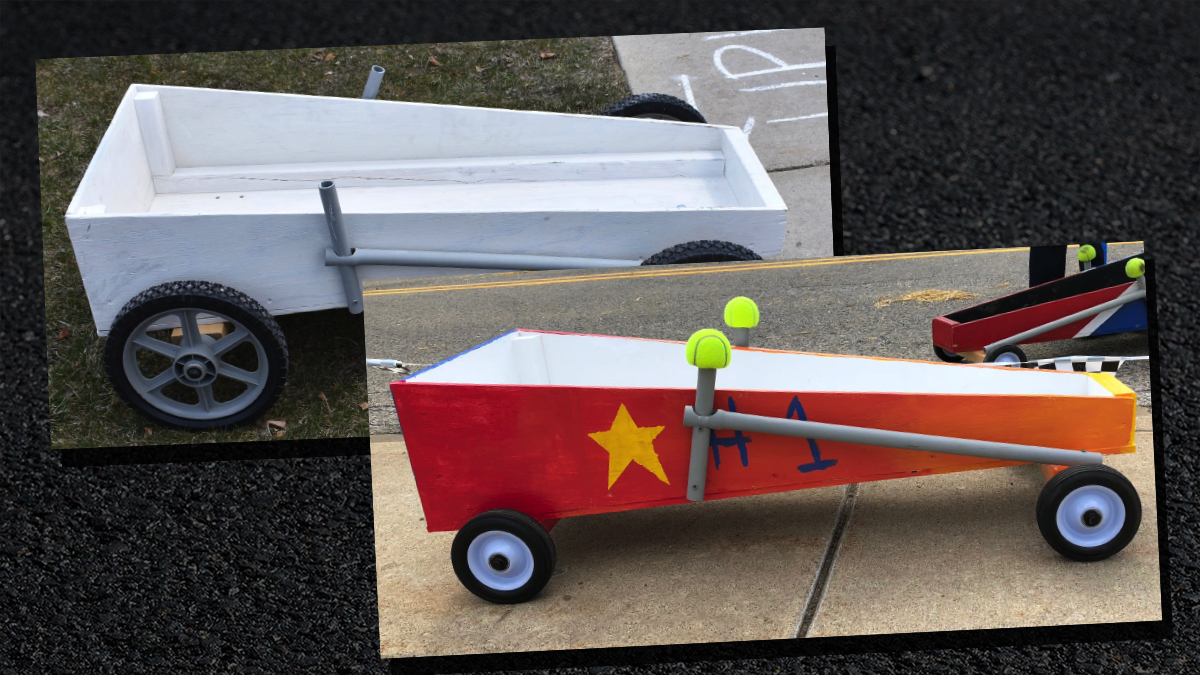A Learning Tool for Chemistry and Health Professions Students: Mnemonics for Writing Net Ionic Equations
Journal of College Science Teaching—January/February 2020 (Volume 49, Issue 3)
By Angela L. Mahaffey
Chemical mnemonic devices have been designed to aid students in understanding chemical concepts in previous years. This has been done for concepts such as oxyanions, ozonolysis, tautomerization mechanisms in organic chemistry, and writing reactions of metals with nitric acid. One chemical concept introduced to students in the chemistry and nonchemistry degree programs is solubility and chemical element group chemistry reactions. A main component of group chemistry is precipitation reactions and net ionic equations. Three separate groups of health professions students, totaling 136 students, were surveyed using Sakai (an open-source CLE software) on the difficulty of concepts within physical science courses taken in accordance with their program’s core curriculum. The results of this student poll illustrate that undergraduate health professions students (nursing, medical sciences, exercise sciences, etc.) perceive chemistry courses as presenting the most difficult concepts, for all three groups. A separate survey was also performed, asking students the year of their last high school chemistry course. The majority of health profession students polled that their second year of high school was their last year of high school chemistry. This highlighted a need for learning aides: two useful chemical mnemonic devices have been designed to aid students in writing net ionic equations.
Chemical mnemonic devices have been designed to aid students in understanding chemical concepts in previous years. This has been done for concepts such as oxyanions, ozonolysis, tautomerization mechanisms in organic chemistry, and writing reactions of metals with nitric acid. One chemical concept introduced to students in the chemistry and nonchemistry degree programs is solubility and chemical element group chemistry reactions. A main component of group chemistry is precipitation reactions and net ionic equations.
Chemical mnemonic devices have been designed to aid students in understanding chemical concepts in previous years. This has been done for concepts such as oxyanions, ozonolysis, tautomerization mechanisms in organic chemistry, and writing reactions of metals with nitric acid. One chemical concept introduced to students in the chemistry and nonchemistry degree programs is solubility and chemical element group chemistry reactions. A main component of group chemistry is precipitation reactions and net ionic equations.
A Team-Taught Interdisciplinary First-Year Seminar With a Focus on Blood
Journal of College Science Teaching—January/February 2020 (Volume 49, Issue 3)
By Adele J. Wolfson and Justin Armstrong
First-Year Seminars (FYS) offer a unique mode of introducing college students to new topics, research practices, and approaches to learning that they may not have been exposed to in high school. In this article, we outline the successes and challenges of team teaching a combined cultural anthropology and biochemistry course on the topic of blood, an aspect of our everyday lives that is both vital and hidden. Using our own experiences in and out of the classroom along with direct student feedback, we discuss the importance and relevance of using interdisciplinary, team-taught FYS to engage, excite, and educate students about the inherent value of thinking and working across disciplinary boundaries.
First-Year Seminars (FYS) offer a unique mode of introducing college students to new topics, research practices, and approaches to learning that they may not have been exposed to in high school. In this article, we outline the successes and challenges of team teaching a combined cultural anthropology and biochemistry course on the topic of blood, an aspect of our everyday lives that is both vital and hidden.
First-Year Seminars (FYS) offer a unique mode of introducing college students to new topics, research practices, and approaches to learning that they may not have been exposed to in high school. In this article, we outline the successes and challenges of team teaching a combined cultural anthropology and biochemistry course on the topic of blood, an aspect of our everyday lives that is both vital and hidden.
Student-Constructed Weather Instruments Facilitate Scientific Inquiry
Students in introductory college science courses often have a simplified understanding of the scientific method. To introduce students to the complexity of the scientific process and the value of empirical observations, I implemented a semesterlong assignment that required introductory-level college science students to build and calibrate weather instruments from household materials. Students built their choice of a thermometer, barometer, hygrometer, or an anemometer, with a calibrated scale to record changes. Students then observed weather with their instruments for a period of 5 days and wrote reports on their instruments and observations. I evaluated these reports to determine how well students engaged in the scientific processes, including experimentation with their instruments and analysis of their data. Assessment data suggests this assignment successfully engages students in the process of scientific inquiry and helps them gain research experience as well as a better understanding of what goes into empirical observations. It also has potential to help students build quantitative skills in data analysis and interpretation. The exploratory structure of this assignment could be successfully adapted for use in introductory-level courses in other science disciplines.
Students in introductory college science courses often have a simplified understanding of the scientific method. To introduce students to the complexity of the scientific process and the value of empirical observations, I implemented a semesterlong assignment that required introductory-level college science students to build and calibrate weather instruments from household materials. Students built their choice of a thermometer, barometer, hygrometer, or an anemometer, with a calibrated scale to record changes.
Students in introductory college science courses often have a simplified understanding of the scientific method. To introduce students to the complexity of the scientific process and the value of empirical observations, I implemented a semesterlong assignment that required introductory-level college science students to build and calibrate weather instruments from household materials. Students built their choice of a thermometer, barometer, hygrometer, or an anemometer, with a calibrated scale to record changes.
Teaching Teachers
Engineering Science Teacher Creativity!
STEM in action with preservice teachers
Science and Children—January 2020 (Volume 57, Issue 5)
By Christine Preston
Science 101
Q: Why Can I See My Breath on Cold Days?
Methods & Strategies
The Power of Observation
Practical art-based exercises to improve how we learn science
The Boxcar Challenge Unit
Integrating Engineering Design, Science, and Literacy for Kindergarten
Science and Children—January 2020 (Volume 57, Issue 5)
By Kirsten D. Edwards, Amelia Wenk Gotwals, and Tanya S. Wright

At Home With Bats
A take-home STEM unit addresses the declining bat population through problem-based learning.
Science Packs
Take-home STEM-themed backpacks provide opportunities for engaging family fun!
Reading Adventures
Building scientists one page at a time







